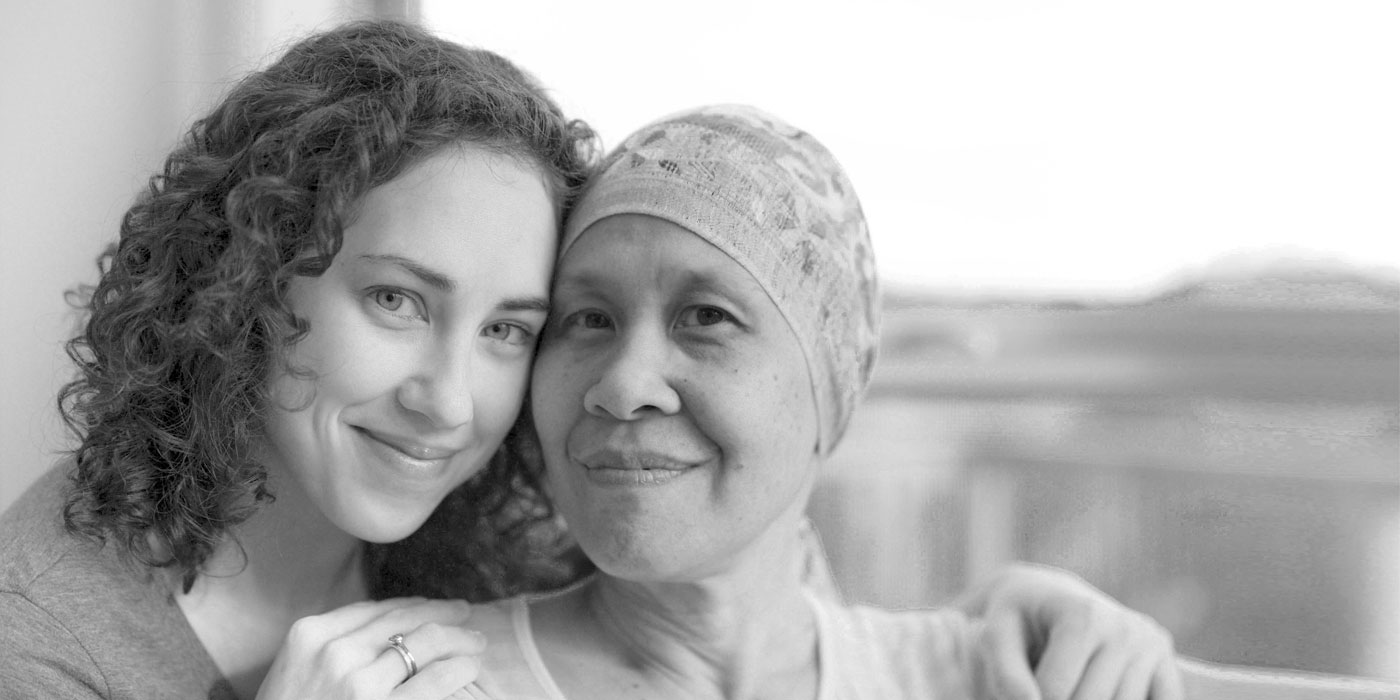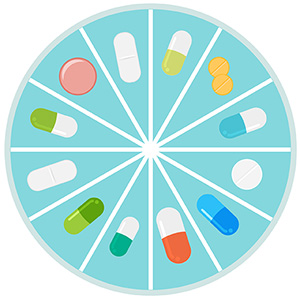Written by Brad Krause from Selfcare.info
Often, we face each day with our mental and emotional batteries somewhat drained. If we don’t take time to look after ourselves, we put our mental health at risk. Here are five ways you can commit to self-care each day.
Manage the Basics
It may seem trivial, but it’s easy to overlook the basic elements that help our mental health.
- Eating a nutritious diet, especially one that helps promote a healthy gut balance, will keep your body and mind in tip-top shape. Akkermansia, for example, is one of the many healthy bacteria living in your belly, and eating a probiotic-rich diet (think yogurt, pickles, and sauerkraut) will help it thrive. This leads to a regulated metabolism, meaning you’ll raise your energy levels and boost your mood.
- Creating a stable sleep pattern is one of the best things you can do for your mental wellness. Sleeping de-stresses the brain, which affects all areas of our lives. Even if you can’t fall asleep, going to bed and rising at the same time each day is important for stability.
- If you feel stressed, taking the time to see to your basic needs can quickly turn things around. For example, are you brushing your teeth regularly? This simple habit can have a profound impact on your physical and emotional health, so if you’ve been lax in addressing your dental care, make it a priority.
- If you feel overextended at work or in your personal life, practice saying “no”. It is OK to put yourself first and take care of your needs before anyone else’s.
Physical Health
Focusing on your personal fitness does not have to be exhausting or expensive. You could go for a 30-minute walk every other day to start out; simply getting your body moving will boost your mood. The stretches and muscle-toning poses of yoga are great for relieving stress. You don’t need a gym membership or expensive classes to care for your physical health, either. There are plenty of online exercise videos available, and you can experiment with different kinds of workouts to find one you love.
Declutter Your House
Although it might not sound like a big deal, having a cluttered environment can actually increase your levels of stress and anxiety, so set aside some time to clear out any unwanted items. Make three separate piles — keep, donate, trash — to help make the process a little simpler. Before you know it, your home will have fewer unnecessary objects — and you’ll have less stress.
Invest in Yourself
It is important to do something you enjoy. Investing yourself in work is great, but developing interests outside of the office is important. Sometimes, having something to do physically after a stressful day is the best way to relax. Discover your passions and put energy into things that bring you joy. It will help make your life brighter and give you more to look forward to. If you find that you are still unable to unwind, meditation may be helpful. It can help your brain reset, so to speak, and help you focus on the present moment and not what was bothering you. Building a meditative or contemplative habit each day can increase the benefits for your mental health.
Socialize
Encourage yourself to maintain a social life. Seeing loved ones, even for just a few minutes a week, can have lasting impact on your quality of life. There are physical benefits as well as mental ones. Reminding yourself that you are not alone and that there are people who care for you can have enduring benefits for how you cope with stress.
Create Goals
If we feel unmotivated, it can be hard to invest in ourselves. Thinking past tomorrow may sometimes seem impossible, but one way to really take care of your mental health and to practice self-care is to set goals. This can be a good starting place for developing new, healthy interests. If you write down your goals, you can develop actionable steps toward accomplishing them. Your goals do not have to be lofty. You may be surprised by how good you feel by achieving something as simple as reading regularly.
Self-care is vital for excellent mental health. Balance your schedule to create the time you need to take care of yourself. Start small and build up positive habits to truly feel the benefits of self-care.









